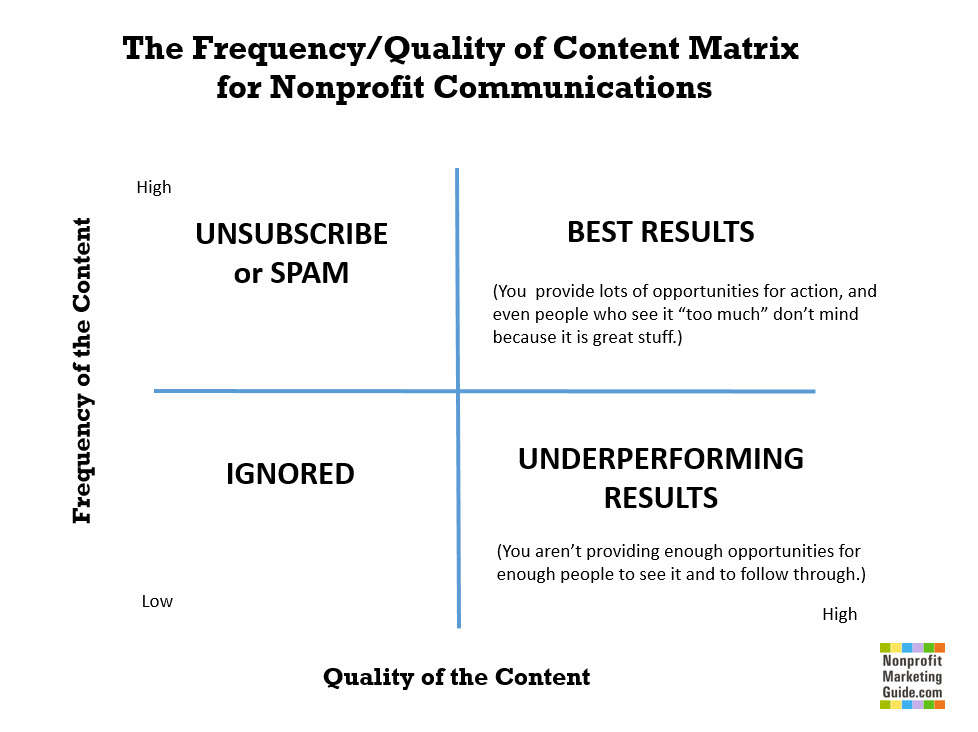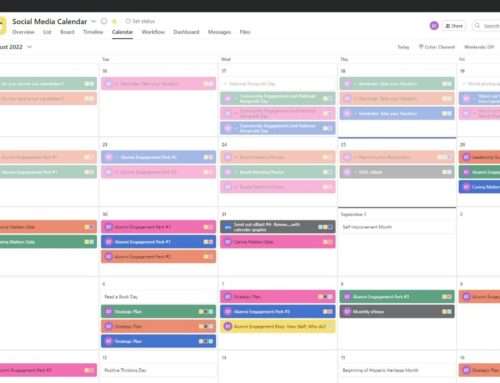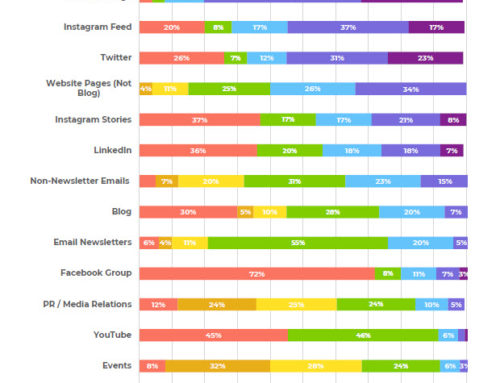I’ve used this grid a few times recently when talking about whether the frequency of nonprofit communications — especially email — is too much or too little. You can’t really have that conversation without also talking about the quality of that content. Let’s walk through it . . .
Low Frequency/Low Quality (Lower Left)
If you send content people aren’t interested in, but you don’t send it very often (like a rather boring quarterly e-newsletter), they will likely just ignore it. They won’t read it, but they won’t go through the effort to get off your list either. Do keep in mind that if you are sending really bad content, once is too much, and you will be tagged as spam.
High Frequency/Low Quality (Upper Left)
If you send content people aren’t interested in, and you do it frequently, they will recognize you as someone who is annoying them, and they will go through the effort of unsubscribing or tagging you as spam.
Low Frequency/High Quality (Lower Right)
If you send great content, but don’t send it frequently enough, you probably aren’t maximizing your results. You need to give people plenty of opportunities to both see your content and calls to action and to follow through.
High Frequency/High Quality (Upper Right)
This is where you want to be! You are communicating enough that you offer lots of opportunities for action. Because the content is so good, even people who see it “too much” don’t mind that level of communication because, overall, you send great stuff. Think of it as a high batting average: you don’t have to hit it out of the park every time. But you do have to be a reliable performer who can be counted on to deliver strong content on a consistent basis. You get to stay on the team even if you strike out occasionally.
Where Do You Make Improvements First?
I usually recommend working on the quality of your communications until you feel you are at a “solid good, sometimes great” level before you increase the frequency. Once you feel like your content is “strong and often outstanding,” you can really ratchet up the frequency.
What do you think? Where is your organization in the matrix? Share your ideas and responses in the comments.






